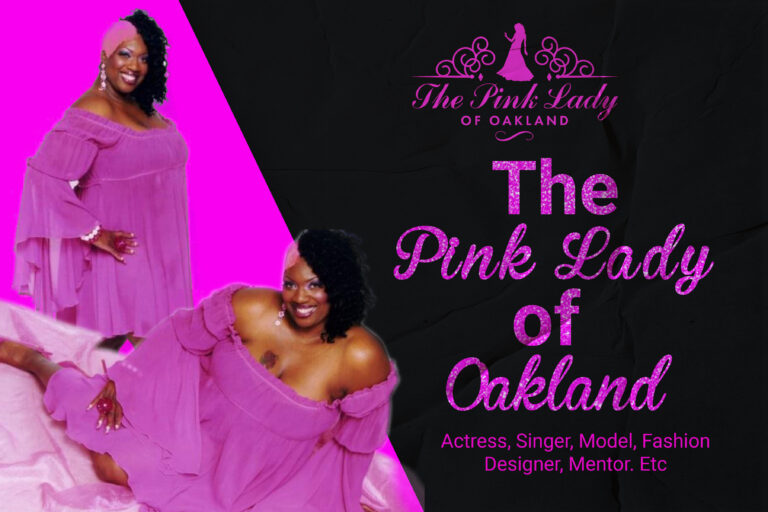
Just as Barbie has evolved her character over the decades, as has the colour pink, and what it has since come to represent, is no longer all candyfloss and plastic dolls. While it wasn’t until 1972 that Barbie’s creators started dressing the doll in head-to-toe pinkand colouring her packaging the same way, the brightness of the shade quickly came to represent strength and power.
With Barbie the movie having just hit our screens, those who were already Barbie fans, simply grew to love her more, and those who perhaps weren’t so enamoured, now have a renewed respect for her. The offscreen phenomenon known affectionately as ‘Barbiecore,’ has seen the colour pink experience something of a resurgence, with pink clothing, make up and manicures being used in a veritable frenzy of new looks on social media platforms such as Instagram and TikTok. But the colour pink is about so much more than Barbie, isn’t it?
Has Pink Always Been A ‘Girly’ Colour?
For as long as many of you reading this will have known, pink has been a colour traditionally associated with feminism, despite a great deal of men (whatever their sexual preference) beginning to embrace it as a colour they also wanted to wear with confidence. However, until recently, many women found the pink label to be somewhat demeaning and restrictive.
Go back almost a century, however, and you’ll find that pink was a colour more commonly associated with males and masculinity. Pink was thought by many to be a stronger, more powerful colour than blue, particularly when it came to mothers dressing their offspring, and a survey carried out in 1927 found that almost 3/4s of the survey’s respondents associated pink more with boys than they did with girls. Now isn’t that something?
Fast forward a few years to the post WWII period however, and clothing designs for men made the shift towards more neutral colours after so many years of military service. In an attempt to make women returning home after the war efforts appear and feel more feminine, on the other hand, advertisers and designers alike began donning them in outrageous hues of pink.

Pink Is Now The New Black!
The colour pink was actually making a comeback (as if it really ever went anywhere!) long before Barbie the movie was released, with both Kim Kardashian and Kamala Harris donning themselves in hot pink outfits that created a lasting impression. Catwalks the world over also regularly featured the colour, but it wasn’t until 2023 that the power of pink really started to become something of a phenomenon.
Following on from the Barbie movie, major fashion designers such as Versace and Valentino began hosting shows with pink themes, and thanks to the colour pink’s prevalence and a shift spanning many industries towards gender fluidity, there’s absolutely no doubt that pink is here to stay!
No longer a sickly sweet colour women felt they ought to wear if they wanted to feel feminine, they now wear it because they are feminine. In fact, people of all genders, persuasions, faiths, races and cultures have taken to pink as if it was always their colour, and who can blame them!